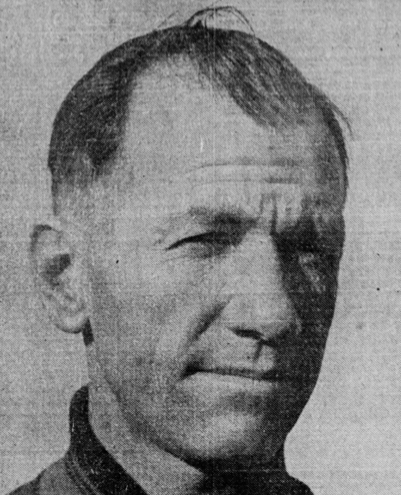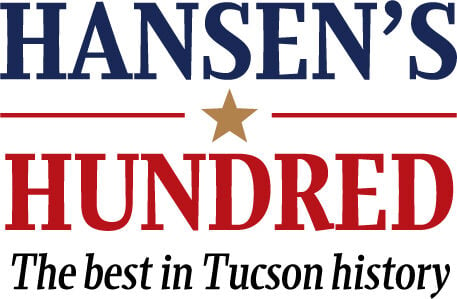Even though he was only 17, Gerald “Tex’’ Oliver enlisted in the Army in 1917 and soon was a United States infantryman, fighting in the horrific battle of the French Argonne Forest at which 26,000 American soldiers were killed.
The young man from Houston, the son of an itinerant miner, was on the battlefield on November 11, 1918, when World War I ended. To that point, he had never played a down of football in his life.
Over the next 20 years, his life was like something from a Hollywood movie script.
Oliver enrolled at the U.S. Military Academy in West Point, New York, but quit before graduation. He traveled across the country to attend Oregon State and Stanford before finally settling at USC, where he became an honor student, a member of Phi Beta Kappa.
From there he became a teacher and football coach at San Diego High School, also becoming one of the leading football referees in the West, officiating several Arizona games in Tucson. In 1926, Oliver was hired to become the football coach at Santa Ana High School in Southern California, where his team won the 1931 state championship.
The Los Angeles Times wrote that Oliver “was the most popular and effective football coach that this city has ever had.’’
Oliver, our choice as No. 64 on the list of Tucson’s Top 100 Sports Figures of the last 100 years, chose to enroll at Arizona to complete an advanced degree in January 1933, agreeing to coach the UA’s track team on an interim basis that spring. His original plan was to return to Los Angeles.
But Oliver so impressed UA athletic director Pop McKale and president H.L. Shantz that he was offered a chance to be the co-head football coach with Gus Farwick for the 1933 season. Oliver declined.
A few days later Schantz announced that Farwick was leaving Arizona to return to the U.S. war department, although he was essentially fired to make Oliver the UA’s head football coach. Schantz was paid $4,500 per year.

What came next was the best five years of UA football until Larry Smith coached the Wildcats to national prominence from 1982 to 1986.
Oliver’s so-called “Blue Brigade’’ went 5-3, 7-2-1, 7-2, 5-2-3 and 8-2, producing many of the leading names in school football history: Hoss Nielsen, Tom Greenfield, Ted Bland, Bronko Smilanich, Leon Gray and Earl Nolan.
A self-made man who had run away from home in his teenage years, Oliver was so committed to becoming a successful football coach that in the 1920s he attended summer clinics given by Notre Dame coach Knute Rockne and Stanford’s Pop Warner, the game’s two biggest names.
To cap Arizona’s 1937 season, Oliver’s club stunned favored Oregon 20-6 in Tucson, after which the Ducks fired coach Prink Callison. At the time, Arizona was playing in the small-time Border Conference. Beating a team from the Pacific Coast Conference turned heads.
The Ducks offered Oliver a raise to $10,500 a year. He said he accepted their offer because he wanted to test his coaching skills against the leading coaches of the PCC, becoming the first UA coach to jump to a bigger school.
For decades, a story grew into legend that Oliver took the Oregon job after the Towncats — the UA’s athletic fundraising group of the period — had given him a new car at a year-end banquet to celebrate the 8-2 season.
In the early '80s, I phoned Oliver, then retired and living in Southern California, having completed a late-in-life career as a superintendent of schools in Los Angeles. I asked him about the Towncats, the new car and how his coaching career in Oregon went awry (he was 23-28-3 before being fired in 1946).
“Leaving Arizona was the biggest mistake I ever made,’’ he told me. “And there was no new car. One of our leading boosters, Roy Drachman, had given me a check for $1,000, which I gave back to him. But Roy refused to take the check. I guess that’s where the story about the new car came from.’’
After Oliver left Tucson, UA football struggled for three decades. Arizona State took control of football in the state; Oliver had gone 5-0 against ASU, outscoring the Sun Devis 122-19.
Oliver, who served as a lieutenant in World War II, taking a three-year hiatus from coaching at Oregon, died in 1988.





